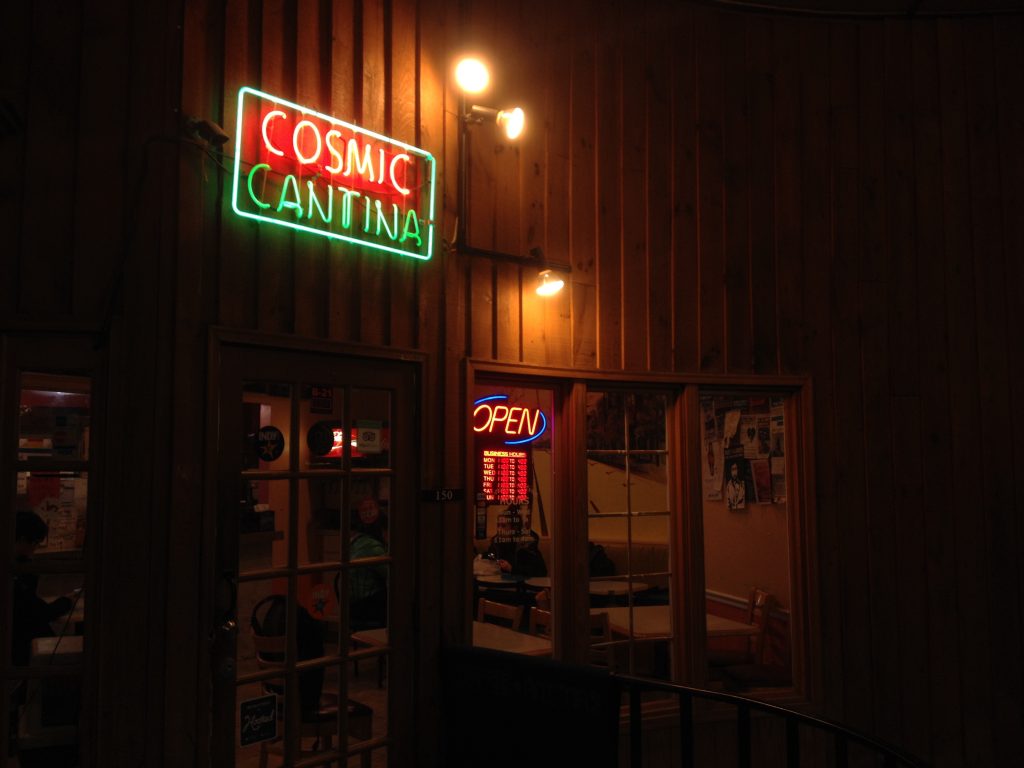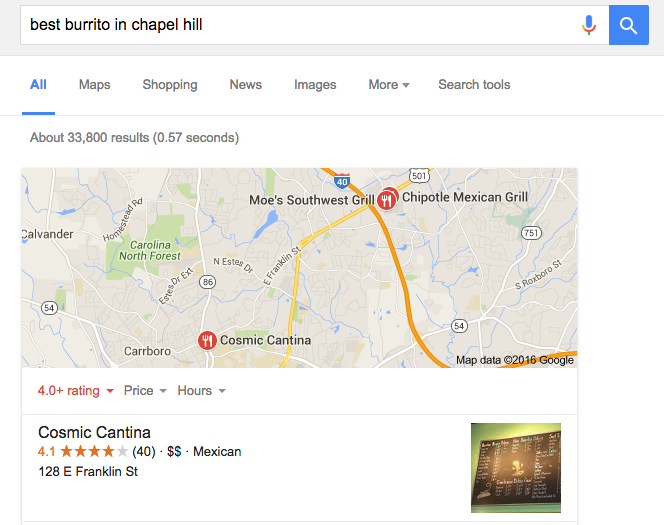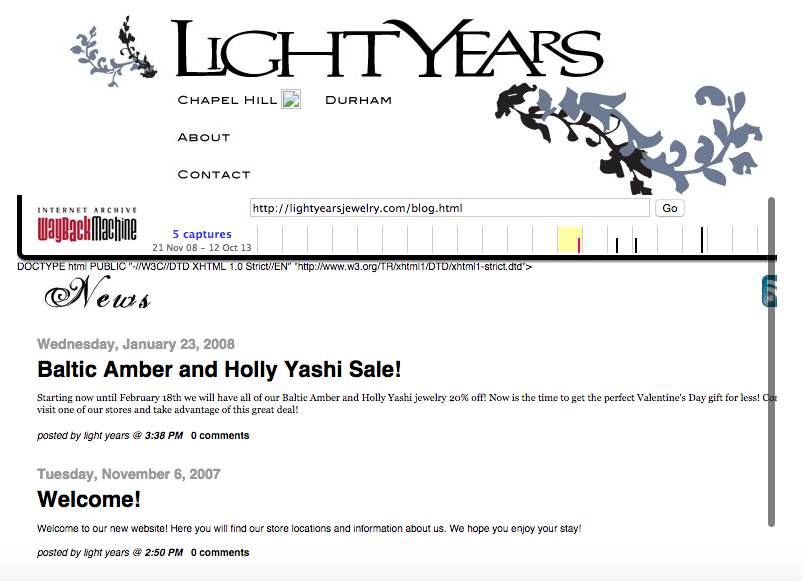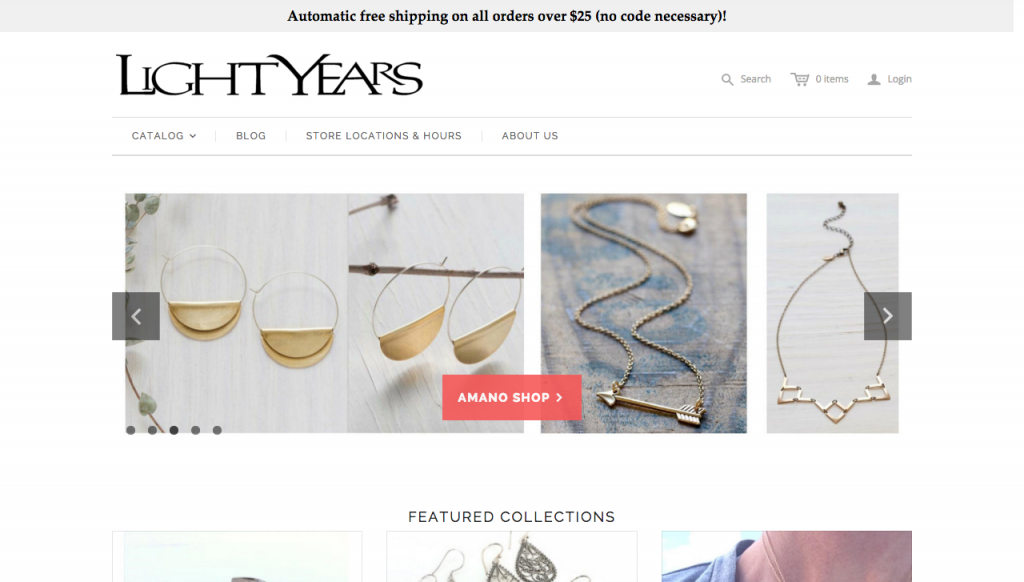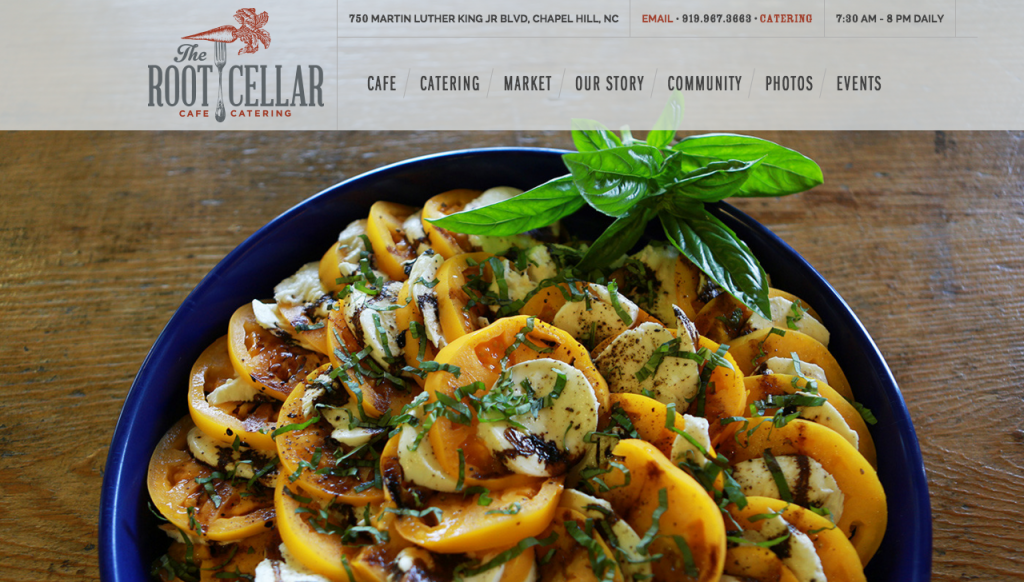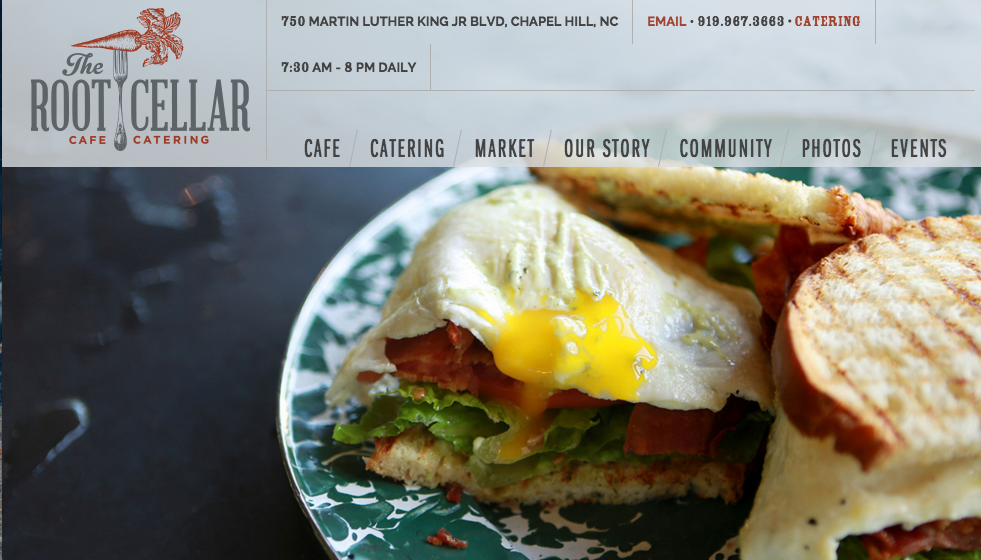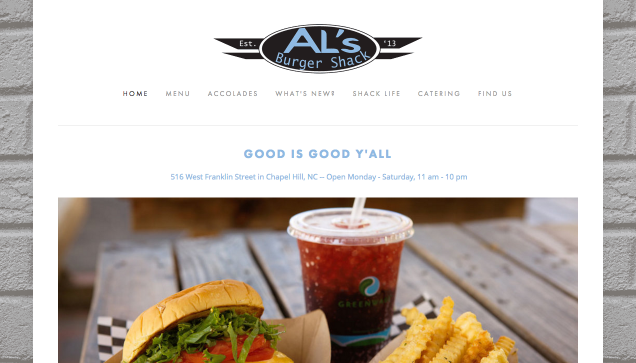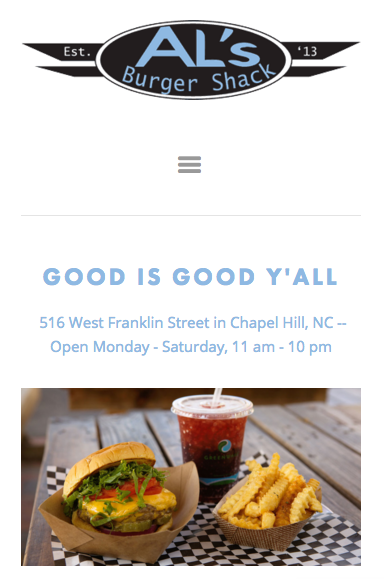I was walking by the Carolina Inn a few months ago and noticed its sign looked slightly off. Was there always a pop of Carolina blue in that logo? I thought I might have been going crazy until I recently looked through its Facebook page and found my suspicions to be confirmed. The new logo chopped off all but the bow of the previous key-shaped graphic. The alteration piqued my interest and prompted me to research other components of the Carolina Inn’s branding strategy.
LOGO
The Carolina Inn’s logo used to form the shape of a key, which I liked because of its emphasis on a personalized experience. It connected today’s world back to a time when inns welcomed guests with tangible keys rather than cold and removed key cards. You can still find the key graphic on merchandise like pillows, but online and on building signage, the simplified graphic prevails.

The stub of the key is all that’s left now. It still shows personality through its quatrefoil shape, which is in tune with the preppy style that engulfs UNC-Chapel Hill. Who else but Carolina would put argyle on sports uniforms? Incidentally, Alexander Julian, the designer of Carolina’s argyle, also custom made a Carolina Inn key necklace. In the logo’s center sits the letter C, a subtle but effective addition. I imagine its newly established symmetry and square shape likely make it easier to use in a variety of situations. Though the new logo still creates a strong image for the Carolina Inn, I can’t help but long for the old key-shaped graphic that held more meaning for me.
BUILDING SIGNAGE
Signs outside used to feature a black version of the Carolina Inn key.
It persisted even after the logo changed online, but now the signs have been updated to portray the Carolina blue quatrefoil. Perhaps its just reluctance to change, but I find the Carolina blue color of the logo to clash with the yellow/beige color of the sign.
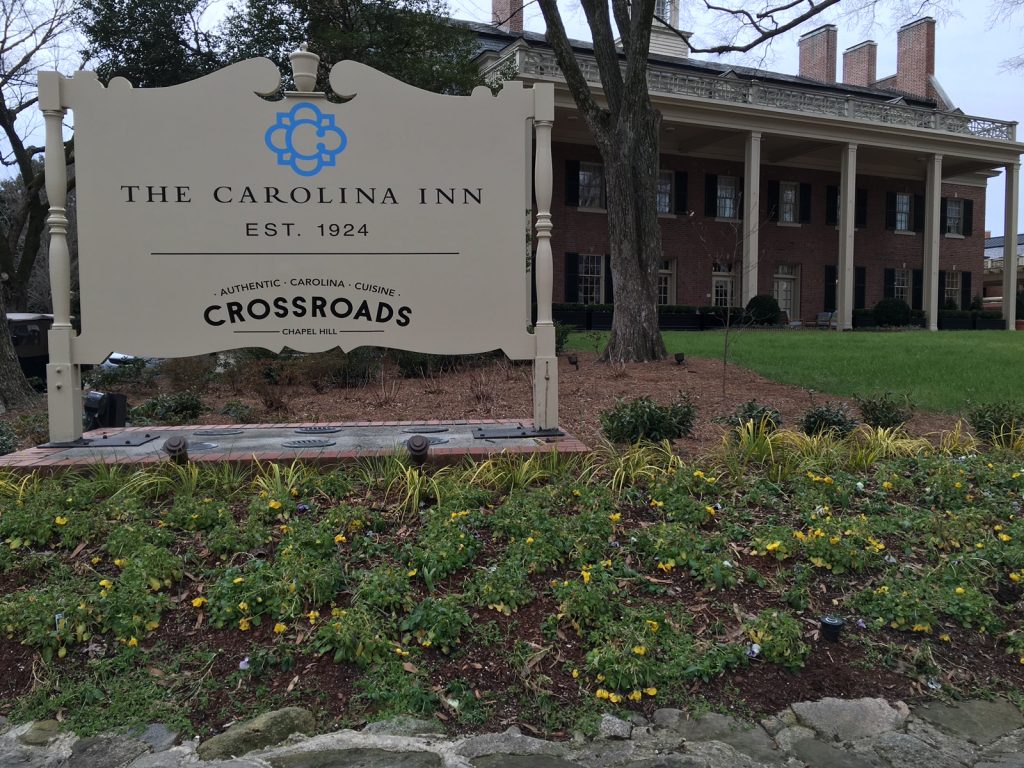
Aside from the out-of-place blue color, the remainder of the sign fits the inn’s ornate style. Its curvy shape and sophisticated all-caps serif font contribute to the inn’s elegance.
WEB DESIGN
The Carolina Inn’s website is packed with beautiful photography and useful content, its design is clean and professional, and it responds well to different browser widths. My favorite little detail is the glow that radiates from the inn’s logo.

I thought it could be flawless until I continued scrolling down the homepage. Three multi-photo carousels (the animated sliders that flip through several photos or pages of information automatically) appear consecutively.

Animation after animation overwhelmed me and has potential to slow down the webpage’s loading time. Otherwise, though, the inn’s website looks great.
SOCIAL MEDIA
Facebook – 12,662 likes
Twitter – 3,431 followers
Instagram – 1,794 followers
Pinterest – 1,010 followers
YouTube – 45 subscribers
Google+ – 141 followers
When it comes to social media, the Carolina Inn really knows what it’s doing. Linked to its website include Facebook, Twitter, Instagram, Pinterest, YouTube and Google+. While the inn hasn’t uploaded a video to YouTube in over a year, and its Google+ mainly repurposes its Facebook posts, its other four networks are quite active. The Carolina Inn does an excellent job of posting frequently and with varying content, all of which is useful to its audience. Whether it be a photo of a wedding setup, food from its restaurant Crossroads, or a video featuring a bee farmer who helps the inn produce and sell fresh honey, the Carolina Inn has tapped into the needs of its audience on social media.
EVENTS
The Carolina Inn doesn’t just appeal to wealthy visitors coming into town. In the warmer months it hosts weekly Fridays on the Front Porch, offering live music, a picnic menu and drink specials. The best part? No cover charge. The Carolina Inn proves that a hotel can engage not just out-of-towners but also the local community.
A video posted by The Carolina Inn (@thecarolinainn) on
THE BOTTOM LINE
The new blue logo pasted onto the Carolina Inn’s signs outside turn me off and stand out in a bad way. But noticing this change prompted me to do more research on the hotel and discover the positive sides of its branding strategy. Its active social media, wealth of beautiful photos and events planning efforts stand out in a good way. What’s your take on the Carolina Inn’s branding?


